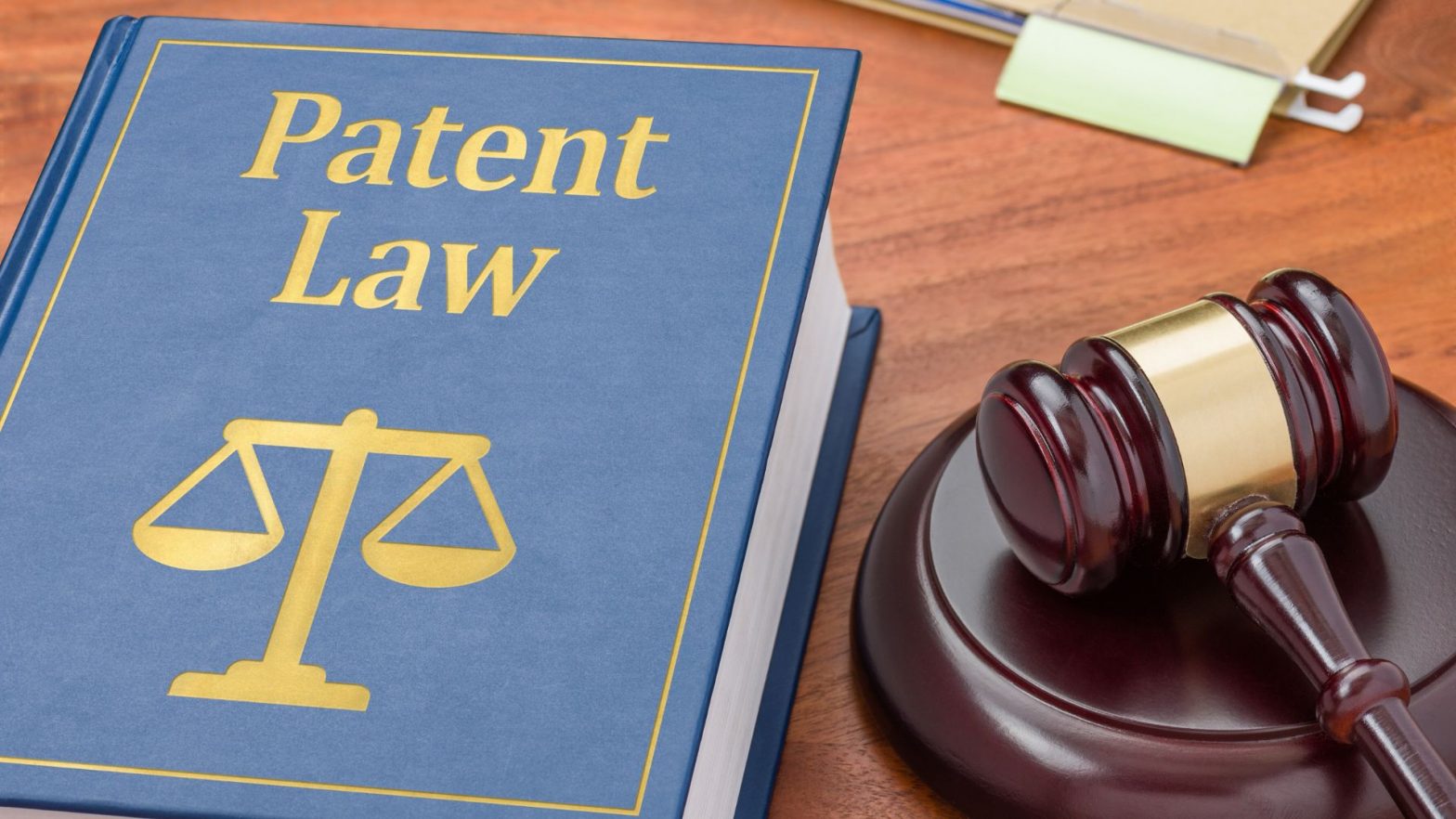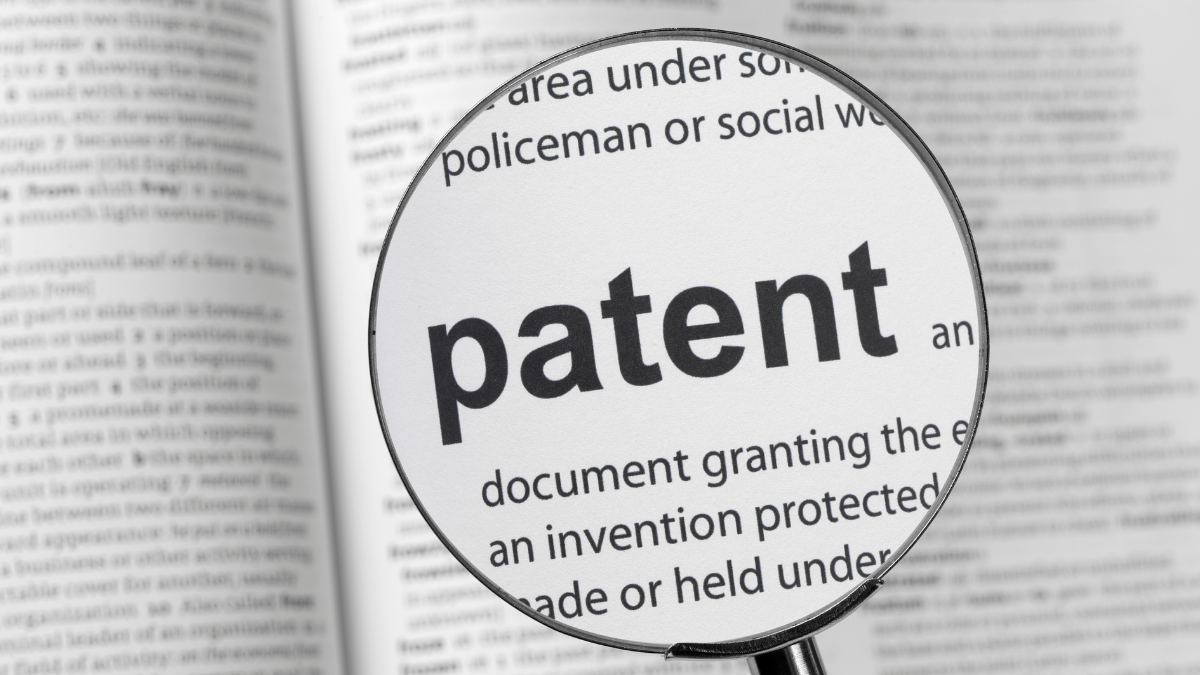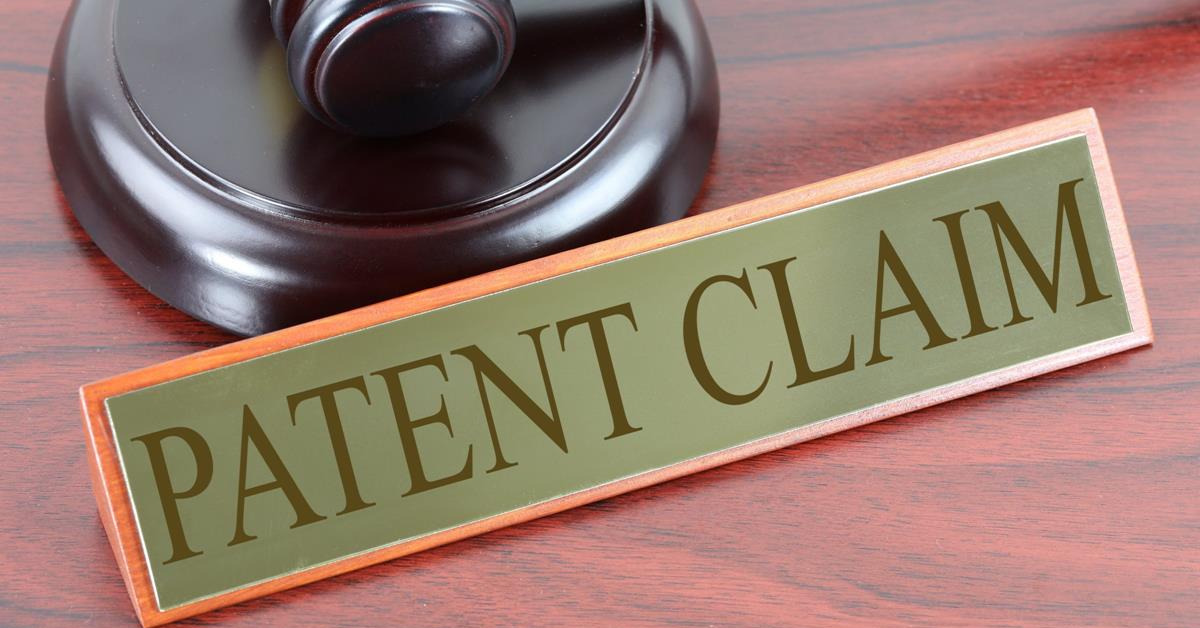Have a revolutionary idea you want to protect with a patent? Many congrats! Getting a patent is a big step in protecting your intellectual property. But before you start this journey, you need to think about five important things if you want to improve your chances of success and avoid possible problems. 1. Do a… Continue reading Don’t Forget to Consider These Five Things Before Filing a Patent
Don’t Forget to Consider These Five Things Before Filing a Patent

















